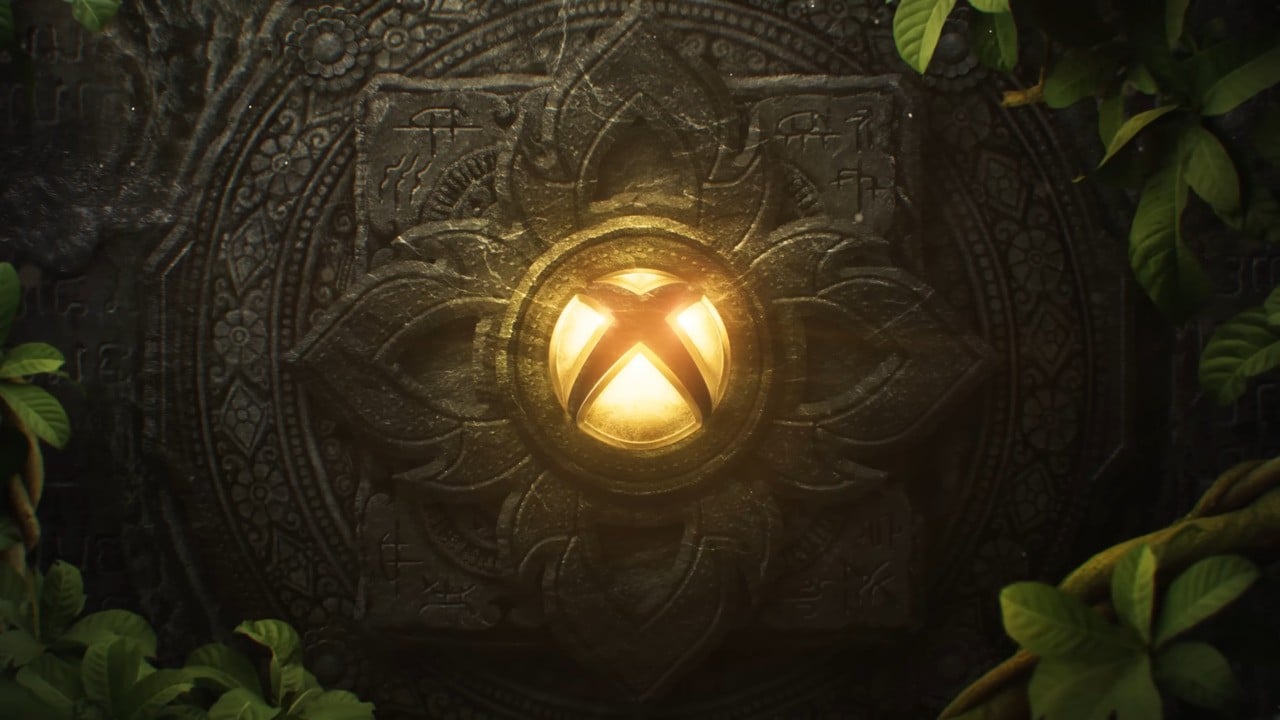Today, World of Warcraft marks an impressive milestone, celebrating two decades since its launch on November 23, 2024. In light of this anniversary, I had the chance to chat with some of the key developers behind the legendary MMORPG. They offered a fascinating glimpse into both its evolution and their plans for the future.
Back in 2004, World of Warcraft arrived and promptly turned the gaming world on its head. What was once a niche MMORPG genre burst into the mainstream. Blizzard took a page from predecessors like Everquest, honing those concepts into something broader. The result? WoW became not just a game but a cultural staple, with millions committing to its $15 monthly fee even now, in exchange for continued adventures in Azeroth’s enchanting fantasy realm.
If you compare the original WoW from 20 years ago to today’s version, it’s clear that while the core remains, much has changed. Just looking at its latest expansion, The War Within, there’s a glimpse of innovation such as account-wide progression and endgame activities tailored for solo players. These features were unthinkable a decade ago, but they’ve been celebrated widely by today’s player community.
This shift is so pronounced that in 2019, Blizzard started offering “Classic” versions to allow fans to experience WoW as it initially launched and through its early expansions—a replay that many had long sought unofficially. Now, players have the choice of five WoW variants, highlighting the game’s immense cultural footprint. While many live-service games today struggle to last mere months, Blizzard thrives, maintaining five successful versions simultaneously: WoW Classic, Season of Discovery, Cataclysm Classic, WoW Classic Hardcore, and The War Within.
For WoW’s 20th birthday, GameSpot engaged with prominent figures from the WoW development squad to dive deep into what sets Azeroth apart, why WoW continues to resonate, and what the next 20 years might hold.
Executive producer Holly Longdale believes a significant part of WoW’s enduring appeal is its familiarity. There’s something powerful about players returning, even after years, to find a game that feels like home. The team aims for continuity, whether in the game’s aesthetic, themes, or the charm of its often humorous quest text.
“There’s something really powerful about coming home,” Longdale explained. “Our core idea is if you haven’t played in six, seven, or 15 years, we want WoW to be the place you remember and cherished.”
With that in mind, overhauling graphics or art style is off the table. For Blizzard, such alterations pose “a risk that’s not worth taking,” as Longdale stated. Additionally, WoW benefits from being a trailblazer—a kind of head start often denied to current MMORPG challengers.
“Let’s be honest,” Longdale admitted, “when you’re the first in this genre to go mainstream, there’s an inherent advantage.”
As they gear up for the future, Blizzard embraces a “leave no player behind” approach. This includes frequent content updates—a strategy solidified since 2022’s Dragonflight launch—backed by rigorous data analysis and player feedback.
Player communities, such as roleplayers, present fresh opportunities. Inspired by Netflix’s recent documentary, The Remarkable Life of Ibelin, about a WoW player who thrived in Azeroth despite a debilitating condition, Blizzard is exploring enhancing roleplaying interactions within the game. The team’s experimenting with in-game gestures like hugs and high-fives, currently absent from WoW.
Ion Hazzikostas, a seasoned game director, reflected on WoW’s evolution. He pointed to the way faction dynamics have shifted. Previously, choosing between Horde or Alliance dictated one’s entire in-game experience. Nowadays, players often band together, a formerly unthinkable concept.
“If you’d asked us before, it would’ve been ‘No, that’ll never change,'” Hazzikostas mused. “Yet here we are, and it’s still distinctly Warcraft.”
He maintained that WoW’s community bonds—friendships and families built in Azeroth—explain much of its sustained success. It’s a community that not only supports but pushes the game, helping Blizzard adapt to their evolving needs.
Reflecting on the game’s achievements, Hazzikostas marveled at WoW’s longevity and cultural reach. “Turning 20, having 10 expansions, and multiple Classic versions that each appeal to different audiences speaks to how much we’ve grown alongside players,” he said. “From the magical 2004 launch to today, our continued evolution keeps us alive.”
With two decades down, Longdale envisions WoW evolving under community influence. Blizzard is deepening its understanding of its playerbase, listening closely to their aspirations. Even as she strategizes for the next several decades, Longdale is upbeat about WoW’s prospects.
“Our aim is to do better and grow,” Longdale affirmed. “We want everyone, at some point, to experience the world of Azeroth.”










![[PS5] Review of Amerzone: The Explorer’s Legacy [PS5] Review of Amerzone: The Explorer’s Legacy](https://www.nogameover.net/wp-content/uploads/2025/04/Amerzone-–-The-Explorers-Legacy-Set-for-Release-Next-Week-360x180.jpg)




































